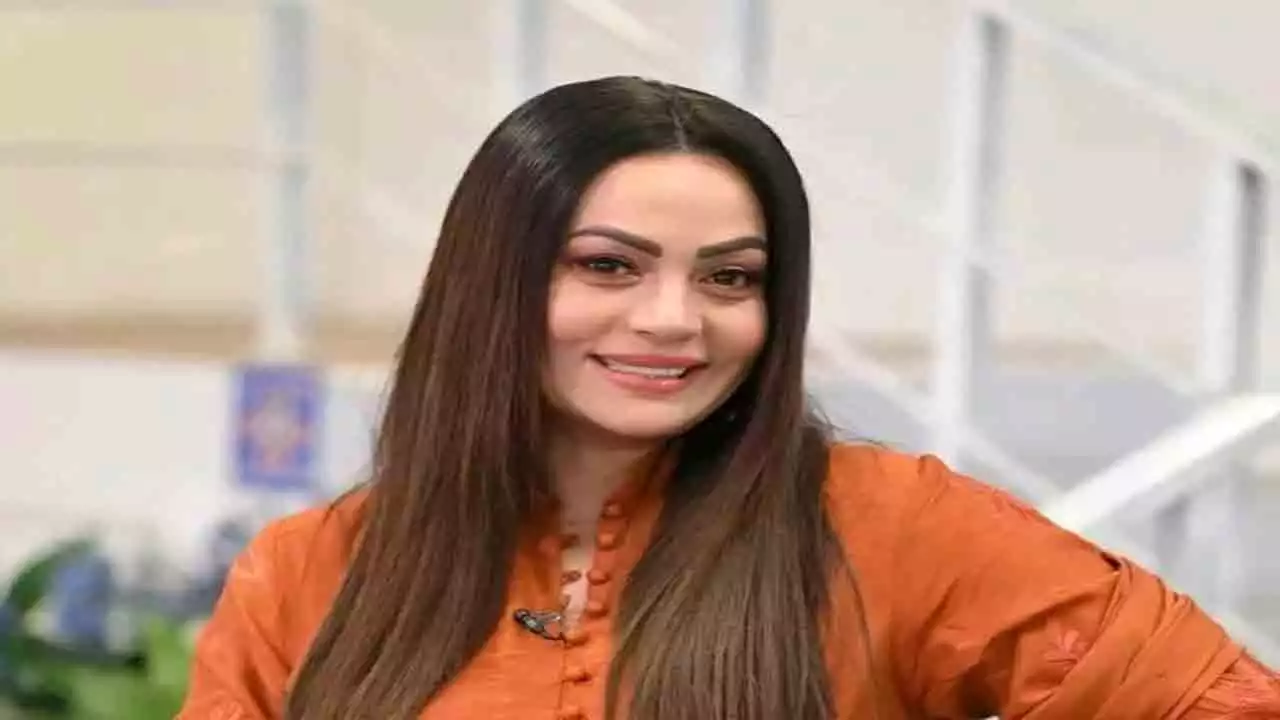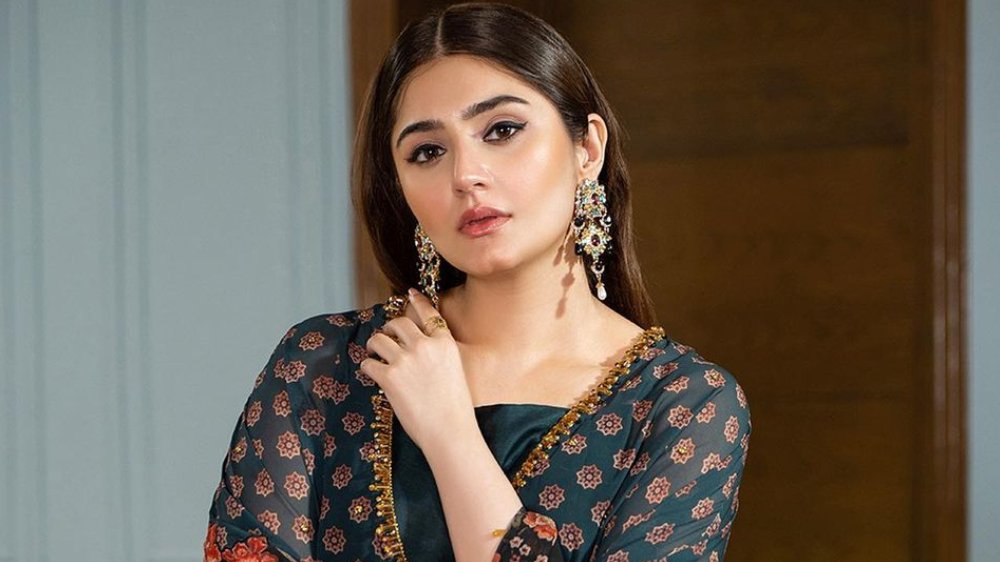Departing from the traditional preference for dark clothing, Iranian designers are delicately balancing the surging trend towards bright colors with the stringent dress code imposed by the Islamic republic. At a fashion exhibition held in Tehran’s historic Saadabad Palace, 22-year-old designer Hadis Hassanlou shared her perspective, stating, “As a young woman, I choose clothes in a modern design with bright colors.”
In Iran, women have adhered to a strict dress code since the 1979 revolution, requiring them to wear loose-fitting garments and cover their heads and necks. Many women traditionally opt for head-to-toe black chadors when navigating public spaces. However, in recent times, Iranian designers are incorporating a spectrum of vibrant hues into their creations.
The exhibition showcased a diverse range of designs, ranging from traditional black chadors to long floral-patterned dresses and waist-fitted coats. Designer Sanaz Sarparasti explained, “When designing, I first take society’s norms and rules into consideration,” emphasizing the intention to align with the evolving fashion preferences of young Iranian women who seek freedom and modernity in their clothing choices.
The shift towards brighter colors, however, encounters challenges as societal norms and regulations often lean towards darker shades. Designer Afshin Parsaee noted, “We still need to produce them as well,” highlighting the need to balance the evolving trends with established norms.
The debate surrounding the strict dress code intensified after nationwide protests in 2022 following the death of Mahsa Amini, a 22-year-old Iranian Kurd arrested for allegedly breaching the dress code. This sparked demonstrations where women defied the rules, leading to a government crackdown.
Culture Minister Mohammad Esmaili, speaking at the exhibition, emphasized clothing as a vital cultural symbol, praising the “modest” characteristics of Islamic clothing in Iran. Designers like Hassanlou incorporate colors with Iran’s traditional calligraphy art, blending modernity with the rich heritage of “original Persian fashion.”
As Iranian designers aspire for global recognition, Hadis Pazouki, head of the national fashion foundation, expressed ambitions to promote Persian clothing fashion week in major fashion capitals like Paris, Milan, and London, believing that Persian clothes can be appreciated by a global audience.
For 19-year-old fashion exhibition visitor Fatemeh Fazeli, the shift to brighter colors has been a welcome change, stating, “When you wear bright colors, your mood changes, and you feel better,” reflecting the emotional impact of these evolving fashion choices.



